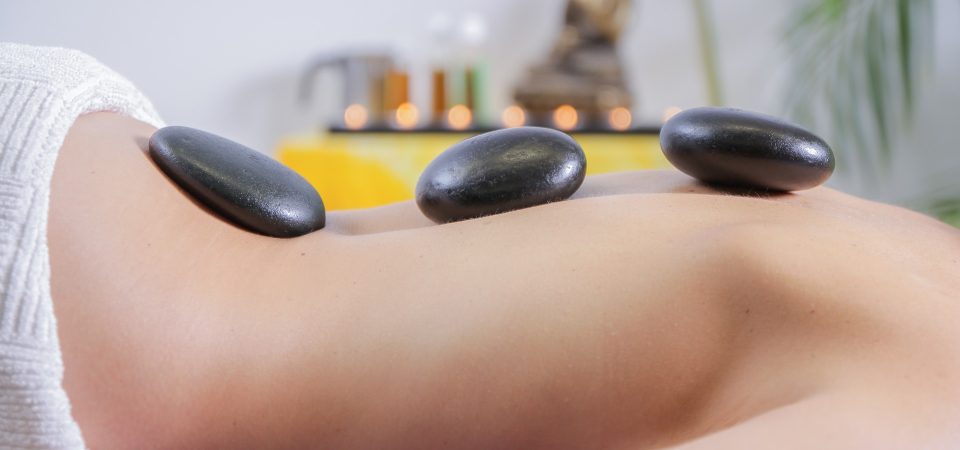January is National Thyroid Awareness Month. In this article, we talk about how massage therapy can assist some thyroid conditions.
Hypothyroidism
The term hypothyroidism encompasses any condition witnessing the thyroid gland’s inability to produce adequate levels of hormones known as T3 and T4. Hashimoto’s thyroiditis, an autoimmune inflammatory condition that destroys the thyroid gland, is the leading cause of hypothyroidism. The other major cause indicates a broad medical treatment term that includes surgical procedures to remove all or a portion of the thyroid. Removal of cancerous tissue in thyroid cancer patients is a prime example of this cause.
Major signs and symptoms of hypothyroidism include fatigue; muscle weakness; fluctuations in weight without an obvious reason; dry, thinning hair; rough skin patching; cold intolerance; depression; abnormal menses; decreased libido; and cognitive challenges.
A patient may be difficult to diagnose by her physician due to not manifesting many of these symptoms initially. Insidious changes occur slowly, leaving a patient wondering why he feels off-balance. Most people will not think to consider their thyroid as the culprit, resulting in symptoms worsening slowly over time. Serious complications can occur, including heart failure, coma and severe depression.
Goiters, or enlarged thyroids, may be witnessed in hypothyroid patients. These result from an overproduction of thyroid-stimulating hormone (TSH) from the pituitary gland. The constant stimulation from TSH will cause the thyroid tissues to swell. If the thyroid gland still cannot produce adequate T3 and T4 hormones, the patient will be considered to have goitrous hypothyroidism.
It is important to note that the presence of a goiter does not always equate to hypothyroidism. Other conditions featuring the development of a goiter include dietary iodine deficiency, the patient taking lithium carbonate, infectious disease, postpartum complications or a rare fibrosis condition called Riedel’s thyroiditis.
Massage for Thyroid Patient Health
Massage therapy and related bodywork can benefit the hypothyroid patient in many profound ways. First, a significant reduction in the patient’s symptoms can be witnessed with the usage of acupressure. This benefit was demonstrated by a research study in Russia conducted in 2011. Reflexology and Gua Sha technique were also utilized in this study involving Chinese medicine theory in addressing hypothyroidism.
A second benefit of massage therapy for the hypothyroid patient is aiding improved blood and lymphatic circulation. Since proper blood and lymphatic flow is vital for all endocrine organs, the thyroid could benefit from improved circulation.
Reduced inflammation is a third benefit derived from massage therapy and related bodywork. Research through the Buck Institute for Research on Aging in Novato, California, and McMaster University in Ontario, Canada, indicates that massage therapy may create a result similar to anti-inflammatory medications at a cellular level. This benefit will aid the hypothyroid patient with Hashimoto’s thyroiditis or similar inflammatory concerns.
A fourth benefit of massage treatment is reduced stress within the body. This benefit can decrease cortisol and other stress hormones to help manage weight healthily.
Finally, increasing muscle strength will combat the fatigue and weakness often felt by the hypothyroid patient. A Swedish massage including a large percentage of petrissage strokes can enhance the size, strength and stamina of muscle tissue.
Please note that the information presented here is not intended to replace advice from a medical professional. If you are affected by hypothyroidism, please consult an MD.

